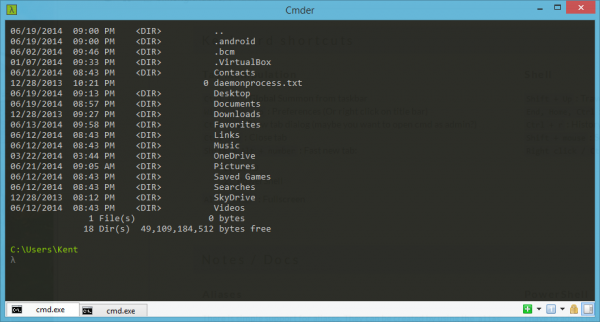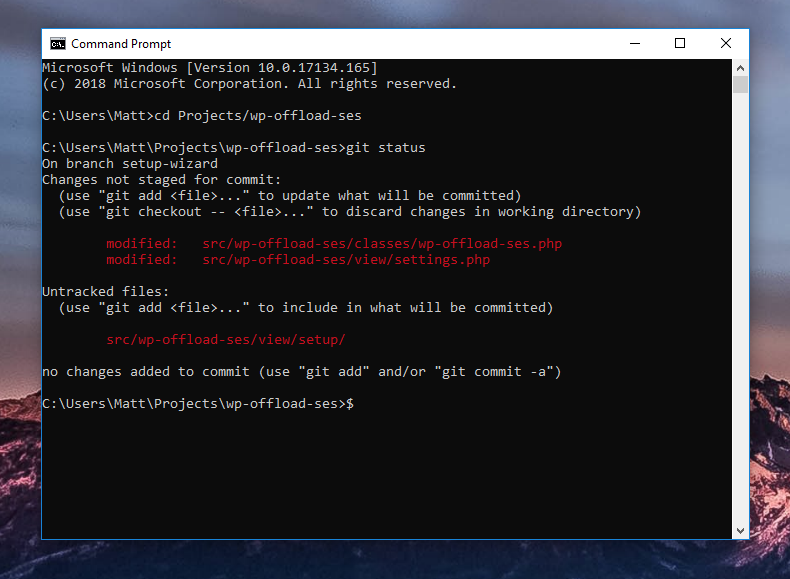

The system will start from the current character position and automatically copy the remainder of the text from that position on the previous line. F3: Copy part of the command you previously typed.For example, if the last command you ran was “ping ”, you could press “F2”, type “o”, press “Enter”, and “ping g” would appear at the prompt. The system will search forward in the previous command you typed and automatically copy the text up to, but not including, that character.

F2: Copy part of the command you previously typed.Press the F1 key repeatedly to type the command you previously typed, character by character. F1: Copy one character at a time from the the previous command you typed.There are a variety of shortcuts for quickly copying part of the previous command you ran. The previous command you typed is known as the “template”.

To print a list of your command history in the terminal, run the following command: The command would appear filled in at the prompt and you could press “Enter” once again to run it. So, if you wanted to quickly re-run the first command you ran in the current session, you’d press “F9”, type “0”, and press “Enter”. These numbers are display in the F7 overlay window, and begin at 0.


 0 kommentar(er)
0 kommentar(er)
